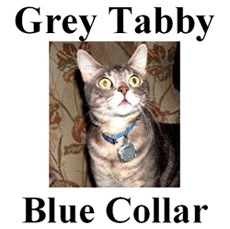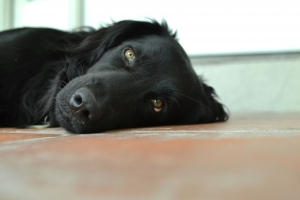 When your pet is lost, the things that go through your mind are first and foremost, how I get my pet back. According to the National Council on Pet Population Study and Policy, less than 2% of lost cats and 20% lost dogs are returned to their owners and that is only if the animal has a tag or microchip or items of identification.
When your pet is lost, the things that go through your mind are first and foremost, how I get my pet back. According to the National Council on Pet Population Study and Policy, less than 2% of lost cats and 20% lost dogs are returned to their owners and that is only if the animal has a tag or microchip or items of identification.
Putting-up posters all over town is another way that pet owners have had some measure of success in bringing their pet’s home. However, there is an art form to making lost pet posters and the following are some helpful tips you can use:
1. Sign Location, location, location is important and putting them on street light poles and utility poles may not be such a good idea. Instead, ask neighbors if you can post signs on their yards, intersections or near a sidewalk. Be sure to use large brightly colored eye grabbing poster boards and put your pet’s 8×11 inch photo in the center along with your phone number, address and reward information.
2. Use a photo of your pet that captures their unique features like a face-on picture. It might be a good idea to take such a picture in advance so you have it in the event your pet becomes lost. By using the pet’s distinct face it makes it easier for passing cars to see the animal’s features rather than the whole animal which would make it hard to tell your lost pet from any other pet.
3. Make far more flyers to handout then you think you are going to need. Almost everyone underestimates how many flyers to make and usually they find out quickly that they should have made more. Most neighbors will gladly help you in your efforts to find your pet and a picture is worth a thousand words.
4. Never give-up hope and check ASPCA or local shelter sites daily for lost pets that have been turned-in. Many times, animals can be lost for weeks or months before turning-up at a shelter. Many individuals that find lost animals will also take their time before turning them over to the authorities. Remember to keep a handful of flyers to pass-out at every opportunity.
5. Be prepared with photos of your pet, make sure your pet’s tags have your current information and you may want to consider having a microchip implanted on your pet. Also, you should consider storing you pet photos on a flash drive so you can email your neighbors and friends but also so you don’t have to go looking through all your files to find a current photo of your pet to make those important posters.
6. Be specific about the wording you use on your lost pet posters. Simply saying “Lost Pet” doesn’t tell anyone what kind of pet you are looking for. Use words like “Lost Golden Lab” or “Lost Chinchilla Cat”. Well you get the idea.
I hope these ideas are helpful and may you never need to use any of them.






[…] foremost, how I get my pet back. According to the National Council on Pet Population. Read more on All Pet News (blog) @import […]
Comments are closed.